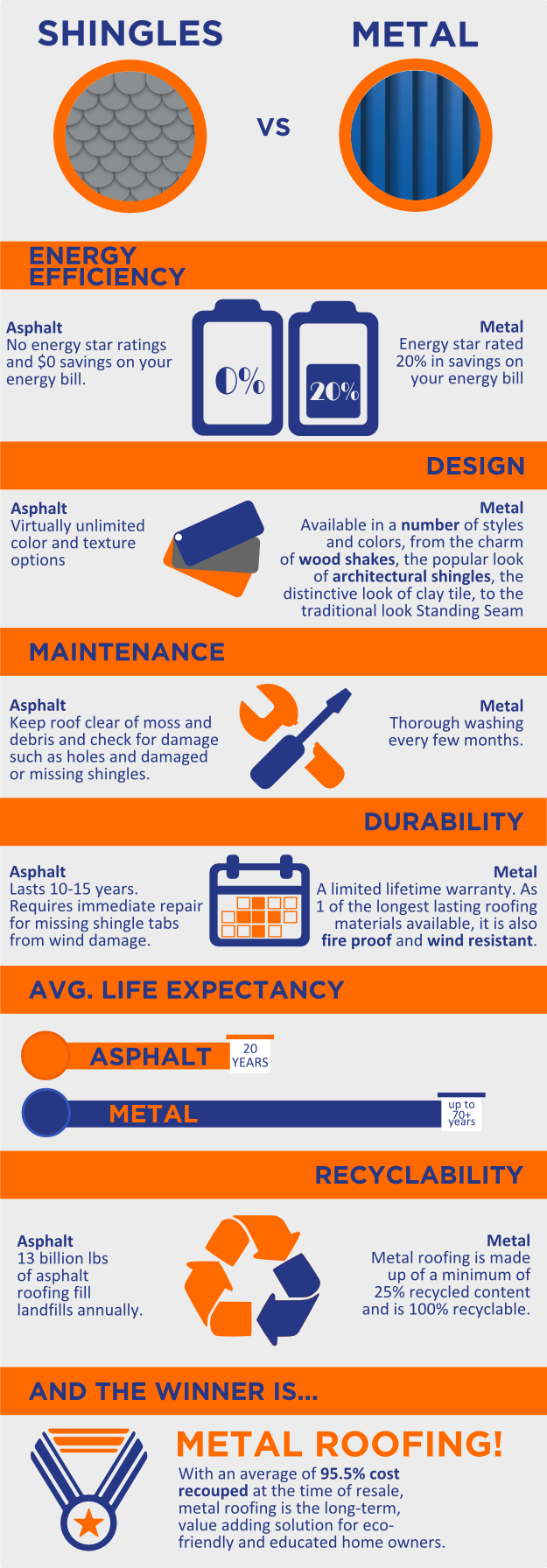The Duty Of Roof Ventilation In An Effective Installation
The Duty Of Roof Ventilation In An Effective Installation
Blog Article
Post Produced By-Hermansen Vogel
When you're dealing with a roof covering project, you might not believe much concerning roof covering ventilation, but it's more vital than you recognize. Efficient ventilation assists regulate temperature level and moisture in your attic room, stopping troubles like mold and structural damages. By comprehending how to make and install a balanced air flow system, you can boost energy effectiveness and lengthen the life expectancy of your roof products. So, what are roof repair to think about throughout installment that can make all the difference?
Relevance of Roof Covering Air Flow
Roof air flow plays an important role in maintaining the overall health and wellness of your home. By permitting fresh air to circulate through your attic room, it assists regulate temperature and moisture degrees. This balance is essential to prevent warm accumulation during warm months, which can cause enhanced energy prices as your a/c works overtime.
Moreover, appropriate air flow considerably reduces the threat of moisture-related concerns like mold and mildew and mildew. If moisture degrees increase, your home's structural honesty can be compromised, resulting in expensive repair services. You would not want to handle rotting timber or distorted roofing products, right?
Furthermore, adequate ventilation extends the life expectancy of your roof. When warmth and wetness are kept in check, your roof covering can do efficiently, preventing premature deterioration. This implies less migraines and costs down the line.
Just How Roofing Ventilation Functions
Reliable roof covering air flow counts on the natural motion of air to create a balance in between intake and exhaust. When you mount vents, you're essentially enabling fresh air to enter your attic room while making it possible for warm, stale air to escape. This process aids regulate temperature and moisture degrees, avoiding concerns like mold and mildew development and roof covering damages.
Intake vents, commonly located at the eaves, attract amazing air from outdoors. At the same time, exhaust vents, situated near the ridge of the roofing, let hot air surge and departure. related web site in temperature level creates a natural air movement, called the pile impact. As warm air increases, it creates a vacuum that draws in cooler air from the lower vents.
To maximize this system, you require to make sure that the consumption and exhaust vents are properly sized and positioned. If the intake is restricted, you won't accomplish the wanted air flow.
Also, not enough exhaust can trap warm and moisture, bring about possible damage.
Secret Setup Factors To Consider
When mounting roof ventilation, several key factors to consider can make or damage your system's performance. Initially, you need to analyze your roof's style. The pitch, shape, and materials all affect air flow and ventilation option. Make sure to select vents that fit your roofing system type and regional environment problems.
Next, consider the placement of your vents. Ideally, you'll desire a balanced system with consumption and exhaust vents positioned for ideal air movement. Location intake vents short on the roof covering and exhaust vents near the top to encourage an all-natural circulation of air. This configuration assists avoid wetness accumulation and promotes energy efficiency.
Don't forget insulation. Proper insulation in your attic protects against warm from running away and maintains your home comfy. Guarantee that insulation doesn't obstruct your vents, as this can hinder airflow.
Finally, think of upkeep. Choose air flow systems that are easy to accessibility for cleansing and inspection. Routine maintenance guarantees your system continues to function effectively gradually.
Final thought
To conclude, roofing system ventilation is necessary for an effective setup. By ensuring proper air flow, you can avoid heat accumulation and wetness concerns that lead to expensive damage. When you purposefully setting intake and exhaust vents, you enhance power efficiency and prolong the lifespan of your roofing system. Remember, a well-ventilated roof not just safeguards your financial investment but additionally improves your indoor air top quality. So, focus on ventilation to guarantee a resistant and cost-effective roof for your home.
